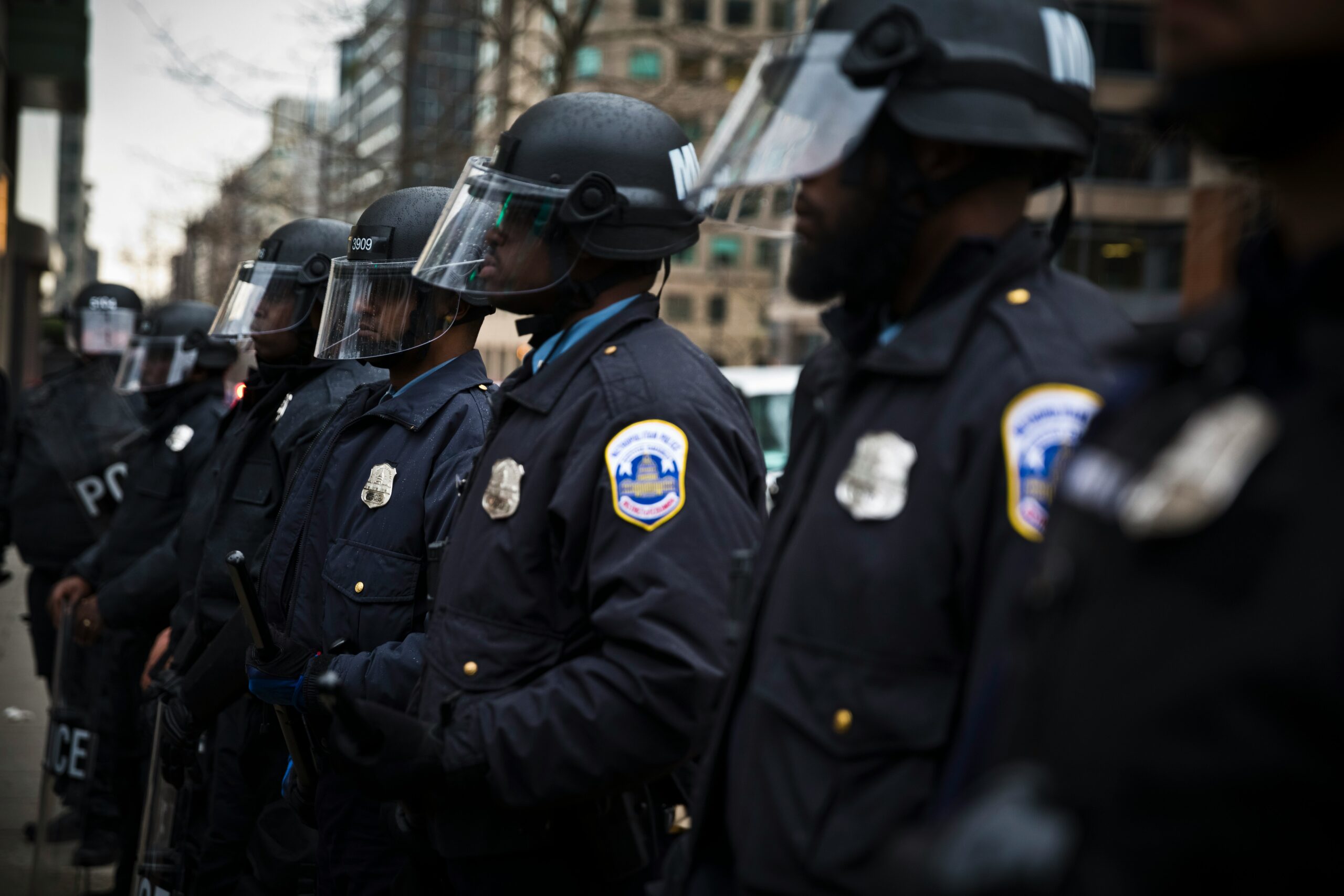
Diversity in law enforcement leadership has become a central focus in recent years. Leaders in police departments and federal agencies shape the culture, policies, and values of their organizations. When leadership lacks diversity, it often struggles to represent and connect with the communities it serves. Communities across the United States are made up of people from many different racial, cultural, and gender backgrounds. For law enforcement to build trust and deliver fair justice, its leaders must reflect the diversity of the communities they serve.
The Growing Importance of Diversity in Leadership
Diverse leadership is not only about representation. It also brings a variety of perspectives that can improve decision-making and policy design. Leaders from different backgrounds may identify blind spots in traditional approaches and propose solutions that others might overlook. Diversity also helps address long-standing issues of bias and inequality within policing practices. In this way, diverse leadership builds stronger, fairer, and more accountable institutions.
The push for diversity in law enforcement leadership is not new; however, the urgency has intensified. Social movements, community demands, and national conversations about justice have placed pressure on agencies to make progress. The question is not only whether diversity has increased but also how agencies can create pathways that sustain this progress in the future.
Historical Barriers to Leadership Diversity
For many decades, law enforcement leadership positions were closed off to people of color, women, and individuals from marginalized communities. Entry-level jobs in policing often had biased hiring practices that limited opportunities for qualified candidates. Even when diverse officers joined the force, they faced barriers to advancement.
Promotions were often based on informal networks, seniority, and subjective evaluations. This created a cycle in which leadership roles remained in the hands of those who already had influence, often white men. Cultural resistance also played a role. Some departments held the belief that women or minority officers were not suited for leadership roles: discrimination and lack of mentorship further limited career growth.
These barriers created an uneven system. Communities experienced a lack of representation in leadership, which led to mistrust. Officers from underrepresented backgrounds often felt isolated and unsupported, which contributed to reduced retention rates. The result was a leadership pipeline that lacked both diversity and inclusivity.
While these challenges remain in some areas, many agencies are now taking steps to break these patterns. Understanding the history of exclusion is crucial to addressing the gaps that persist today.
Progress in Building Diverse Leadership
In recent years, progress has been made toward increasing diversity in law enforcement leadership. Many police departments and federal agencies now have initiatives focused on diversity and inclusion. Recruitment campaigns are designed to attract candidates from a wide range of backgrounds. Training programs on equity and bias are more common.
Some cities have made historic appointments. For example, women and officers of color have been promoted to chief positions in major metropolitan areas. These appointments show a shift in the culture of leadership. They also send a message to communities that representation matters.
Mentorship programs have also played a role in progress. By pairing younger officers with experienced mentors, departments help prepare them for leadership roles. This support is significant for officers who may not have had access to the same networks as their peers.
Education and leadership training have also expanded. Programs at universities and law enforcement institutes now emphasize inclusive leadership. Officers can develop the skills they need to advance while also learning how to lead in diverse environments.
Despite these positive changes, progress has not been even across the country. Some regions show significant growth, while others remain behind. For lasting change, diversity must be a core value rather than a temporary response to outside pressure.
Pathways to Stronger Diversity in Leadership
While progress has been made, the future of diversity in law enforcement leadership depends on creating transparent and sustainable pathways. These pathways include strategies for recruitment, retention, promotion, and cultural change.
Recruitment must begin with outreach to communities that are underrepresented in law enforcement. This includes partnerships with schools, colleges, and community groups. Highlighting role models who have succeeded in leadership can inspire the next generation of officers.
Retention is just as necessary. Diverse officers often face challenges that increase their likelihood of leaving the profession. Departments must create supportive environments where all officers feel valued and respected. This entails addressing discrimination, ensuring fair evaluations, and providing access to mental health resources.
Promotion systems should be transparent and fair. Leadership opportunities should be based on skills, performance, and potential, rather than informal connections. Departments can use standardized processes to ensure equal access.
Cultural change is the foundation of all pathways. Leadership must commit to diversity as a value, not just a policy. Training, accountability measures, and community involvement can reinforce this commitment. Departments must also measure progress and share results openly with the public.
Technology can also support these efforts. Data tools can track hiring, promotions, and retention rates to identify areas for improvement. By utilizing data, agencies can establish goals and track progress over time.
The Road Ahead for Inclusive Leadership
The road ahead for diversity in law enforcement leadership is challenging but full of opportunity. Communities continue to call for greater representation and fairness. Agencies that embrace diversity are better positioned to build trust and legitimacy. Leaders who reflect the communities they serve bring new perspectives and stronger connections.
However, challenges remain. Systemic barriers, cultural resistance, and uneven progress continue to slow change. To overcome these obstacles, law enforcement must commit to long-term strategies. This means embedding diversity into the fabric of leadership development.
Future leaders will need not only traditional skills but also cultural competence, empathy, and adaptability. The complexity of modern policing necessitates leaders who can comprehend diverse perspectives and devise inclusive solutions. By investing in these qualities, agencies can strengthen both their leadership and their relationship with the public.